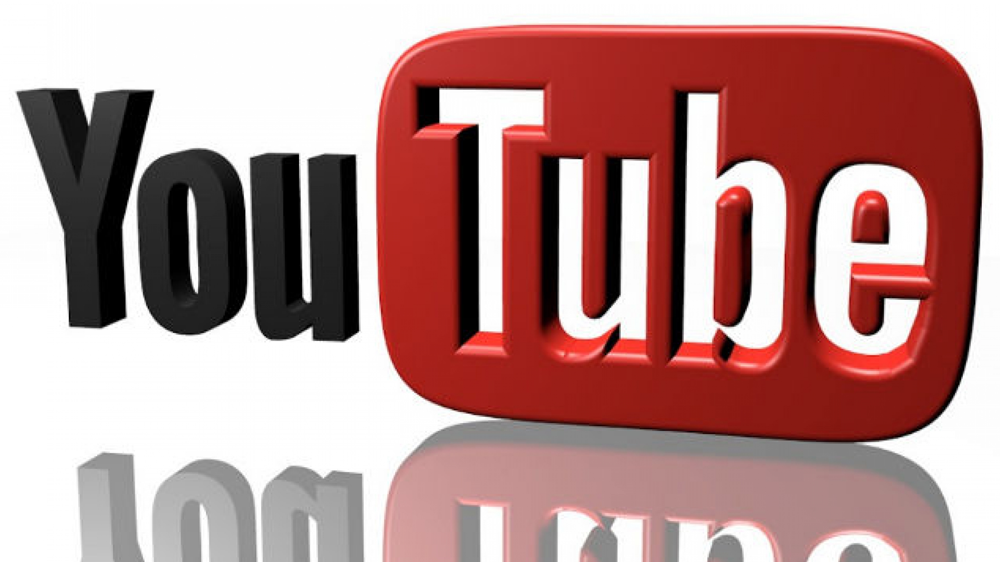
YouTube Deepens Inroads To TV

AMSTERDAM — Like all of its social media frenemies, broadcasters have a complex relationship with YouTube. Given the platform’s most robust growth is happening on the TV screen, things are only going to get trickier.
Neal Mohan, YouTube’s chief product officer, told broadcasters here Friday that although 70% of YouTube’s consumption is happening on mobile, more than 180 million hours are watched per day on television sets with 45% year-over-year growth in the EU alone.
Given that, YouTube isn’t ruling out any moves to keep the momentum going, including acquiring live sports rights much like social competitors including Twitter have done.
“We remain open to all kinds of conversations,” Mohan said. He noted the platform already works with both broadcasters and leagues themselves to deliver live and recorded sports content, some of it, including a partnership with Germany’s Bundesliga, exclusively.
Of course, YouTube has plenty of other potential content plays to capture more TV-watching eyeballs. They include scripted content, where it has already made forays with efforts like the popular Cobra Kai.
But Mohan said YouTube isn’t planning to go the Netflix route of dramatically amping up such content. Rather, it sees a likelier path of “leaning into the endemic creators on our platform” for more original content suited to the larger screen.
Not that Mohan wants to concede that broadcasters are YouTube’s competitors in the TV ecosystem anyway. “Not only are we not the enemy,” he said, but rather he framed the platform as a “sustainable, deeply invested partner” with broadcasters.
And he sees the current moment as a perfect storm of factors by which they both can benefit — namely a renaissance in video and entertainment content and the realization of TV hardware and software that has finally caught up with consumer needs.
On the hardware side, that means consumers are now unshackled from the likes of multiple cable boxes and inadequate-memory DVRs in their homes. Software-wise, apps now abound that can let consumers watch content on any device. All of which has enabled a more unfettered, seamless experience for which viewers have been waiting for years and now expect, he said.
Mohan also spoke to YouTube’s forays into subscription services, particularly the YouTube Premium service it recently rolled out to replace YouTube Red and has launched in 21 countries to date. The service offers both music-exclusive and ad-free music-and-video bundled versions.
He was quick to deflect questions of subscriber number expectations for the service, however, and emphasized that parent company Google isn’t abandoning its advertising-centric model.
“Advertising remains our core business,” he said, but qualified that a subscription model creates a secondary revenue stream for YouTube and gives its consumers more choices.
And one more choice YouTube offers consumers that broadcasters may want to keep on their radar: YouTube TV, an 18-month old skinny bundle service that already includes many local network affiliates’ content in the mix. The service, which is available only in the U.S. for now at $40 a month, epitomizes the tension broadcasters have in their relationship with the platform.
On the one hand, they stand to gain from their inclusion in ad revenue shares and extended audience reach to YouTube’s enviable younger demographics.
On the other, however, they risk being a party to their own potential obsolescence. As Mohan said, after all, “it’s designed to reimagine the way television could work.”
Read all of TVNewsCheck’s IBC 2018 news here.


































Comments (0)